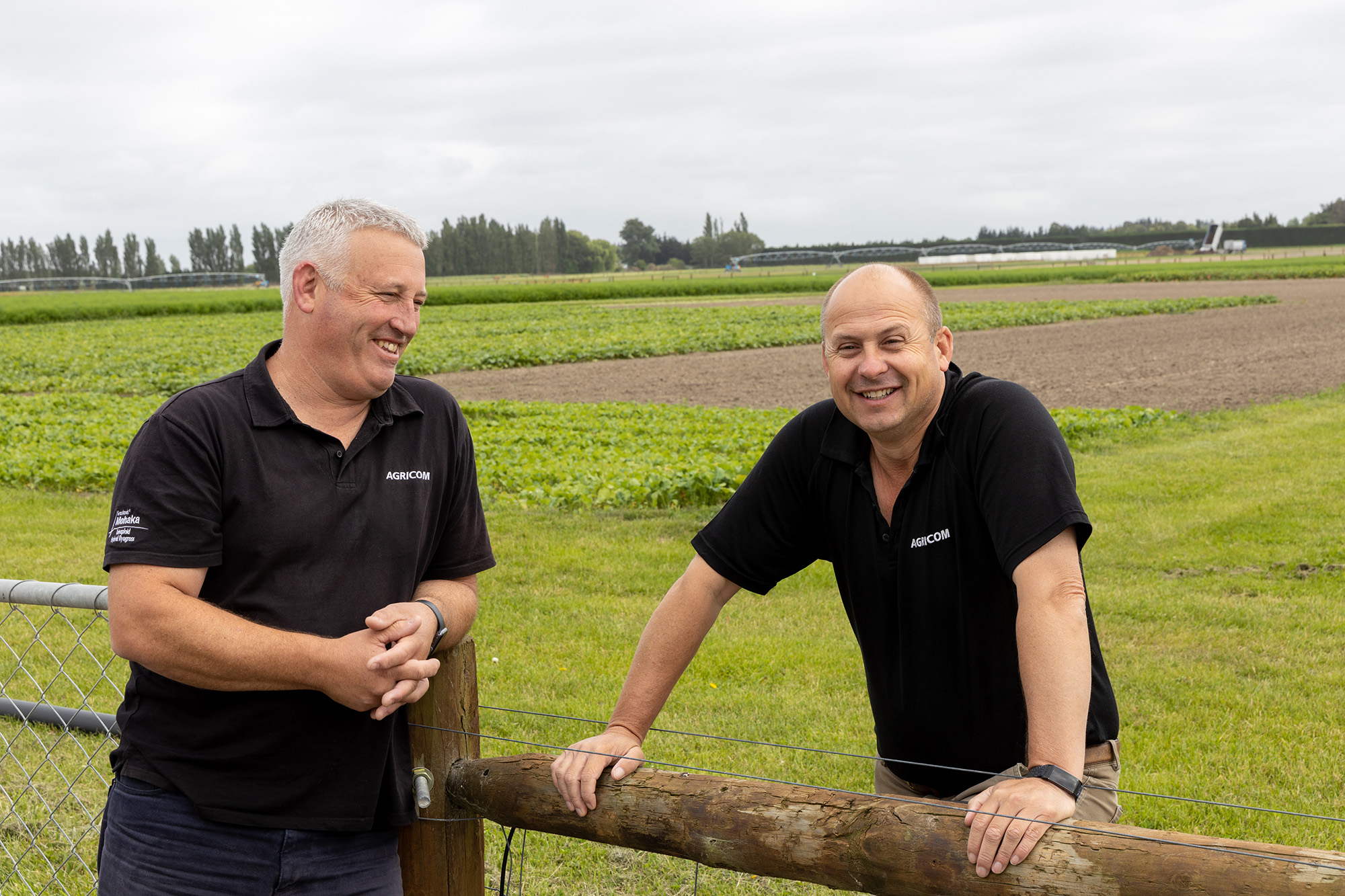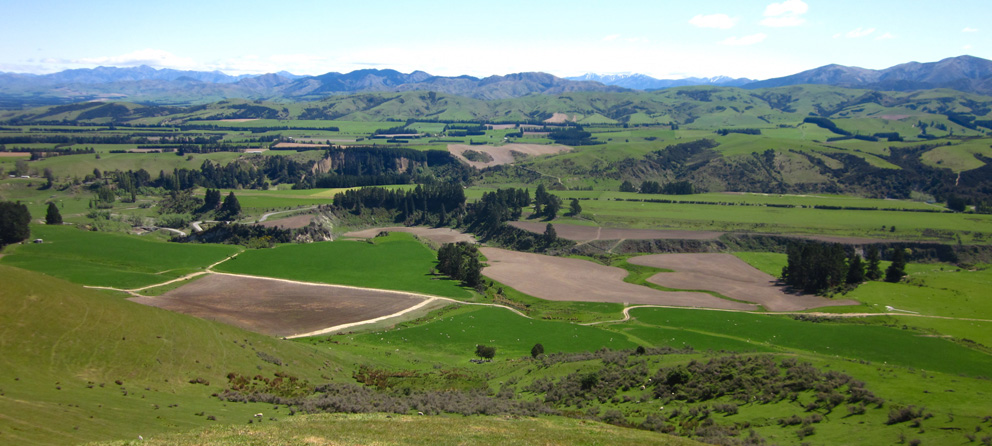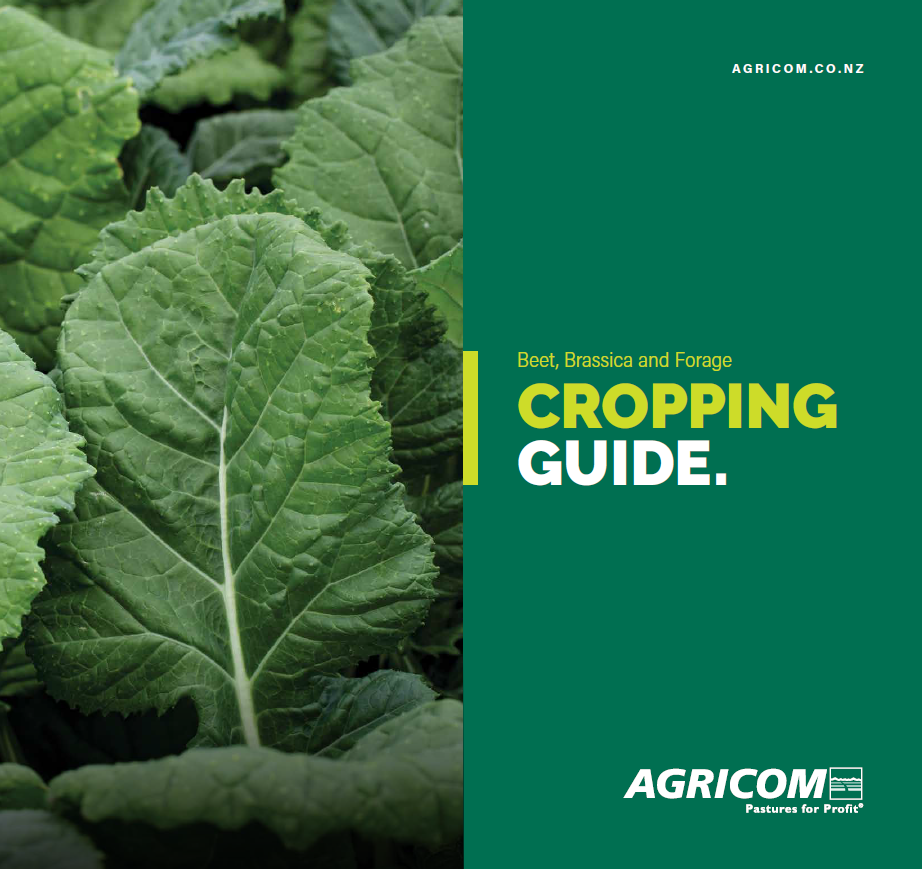
Grow with
confidence
with Agricom.
Grow with
confidence
with Agricom.
Capital Stock - South Island
Capital Stock - South Island
Capital stock feeding is the maintenance of breeding stock between weaning and the following lambing or calving. To improve conception rates during mating, strategic periods of improved nutritional planning are required. These are regularly supported by general pastures but are often supported by high-quality supplementary options through autumn. These supplementary forages are often focussed on ewes, as breeding cows regularly get used as a management tool and spend less time on improved pastures.
GENERAL PASTURES
General pastures on capital stock farms are defined by some key requirements.
The general pasture must:
- Have quality in late summer and autumn during mating
- Tolerate a winter grazing round and accumulate winter growth for hitting target lambing covers
- Be resilient and enable the farm to hold its capital stock numbers through a range of environmental conditions
Perennial ryegrass
- Perennial ryegrass with either AR1 or AR37 such as Legion*AR37 or AR1, Reason AR37 or AR1 and Samson create ideal general pastures
- Where conditions are drier and fertility is lower, Savvy cocksfoot is an ideal grass to mix with perennial ryegrass
Cocksfoot and lucerne
- Savvy cocksfoot and Titan 5 lucerne pastures have a good fit for free draining hot summer and cold winter environments. The flexibility of year-round grazing from Savvy is complemented by the spring and summer performance of Titan 5 lucerne
Herbs and legumes
- Legumes such as Relish red clover, Attribute and Emblem white clover and herbs such as Choice chicory, AgriTonic plantain and Ecotain® environmental in higher rainfall climates, add sustainability and performance to grass-based mixes
Fescues
- Hummer MaxP® and Haven MaxP® tall fescue have a lot of resilience in more fertile conditions including free draining soils, grass grub environments and winter wet/summer dry claybased
environments - Oakdon meadow fescue with MaxR® endophyte is often mixed in 50:50 with Hummer or Haven tall fescue to maintain all the advantages of a tall fescue pasture but greatly improves grazing management
WINTERING OPTIONS
When wintering in colder environments it is important to consider crops that strategically help build whole farm pasture cover for lambing in early spring.
The winter crop must:
- Create reliable yield
- Be able to be well utilised in often difficult winter conditions
- Be able to maintain or put on body condition through winter
Brassica
-
Later sown SovGold kale can provide useful winter feed crops, however early sown crops can be almost unusable to sheep due to increased stem height
-
January and early February sown Spitfire and Mainstar forage rapes make excellent ewe feed through winter
-
Triumph and Massie swedes are a common feed for capital stock in environments that have cooler summers and cold winters
-
Turnips such as New York are ideally suited to early sown turnip and grass mixes
Italian ryegrass or cereals
AUTUMN BODY CONDITIONING
Autumn body condition for mating ewes and hinds is a major event in a capital stock calendar. The following forage options can help achieve desired body conditions.
Newer pastures
- High legume and herb content in newer pastures are excellent companion species for an autumn mating
-
Mohaka AR37 or AR1 hybrid ryegrass has a role in short regenerative rotations that may last 2-4 years and are ideally mixed with Relish red clover, Brace white clover and Ecotain environmental plantain
Regrowth rapes
Lucerne
- Fresh, healthy lucerne such as Titan 5 is a very useful forage in a dry autumn environment but these stands must be healthy as leaf spot on old leaves can be detrimental during mating
* Legion has been bred, selected and successfully tested as a perennial and will function as a perennial ryegrass. Due to a small number of tip awns Legion is a certified Lolium boucheanum.

Management Advice
Learn More




